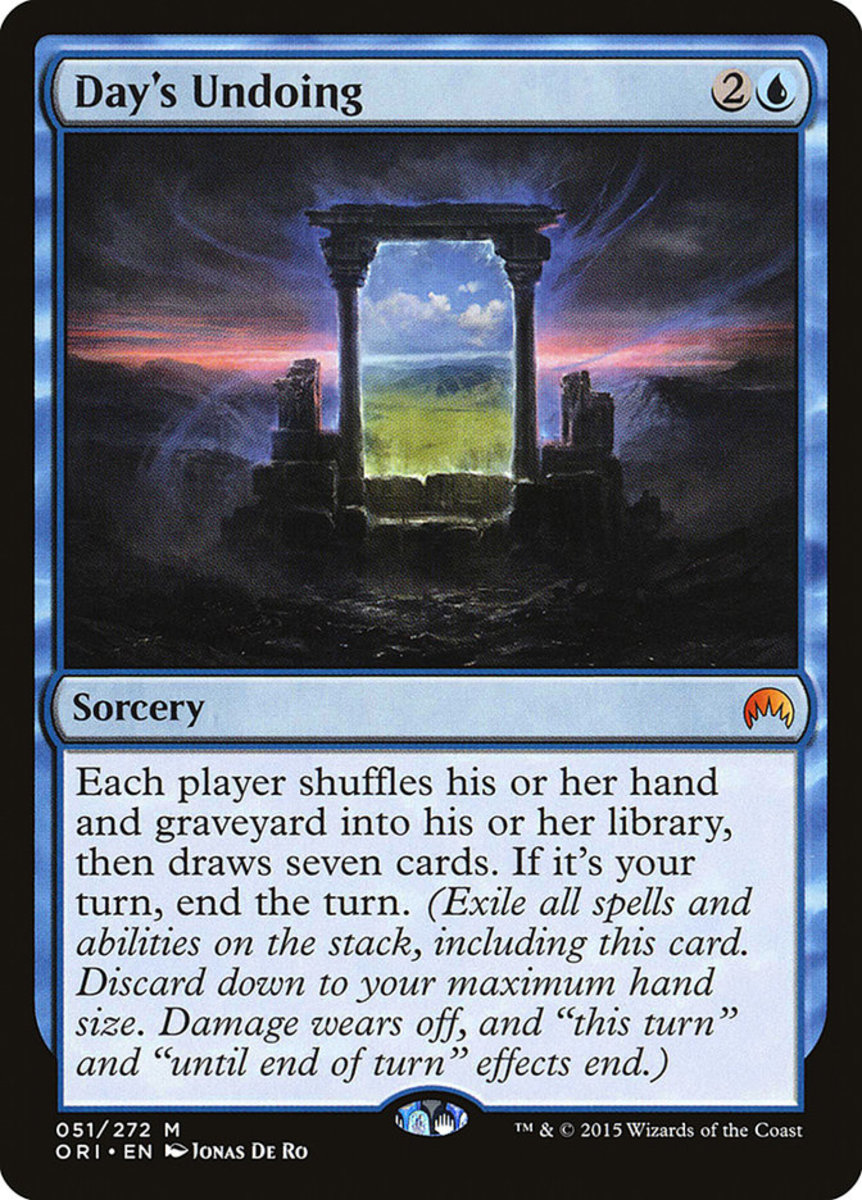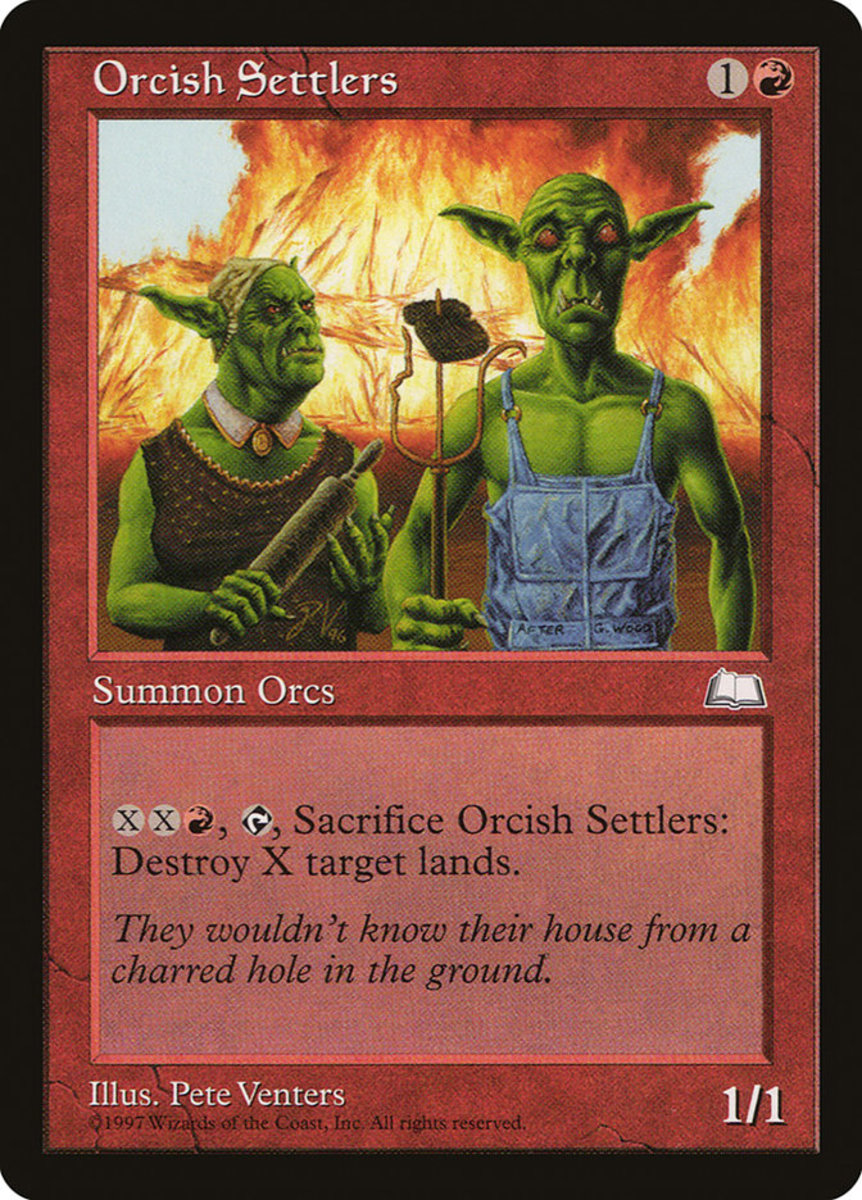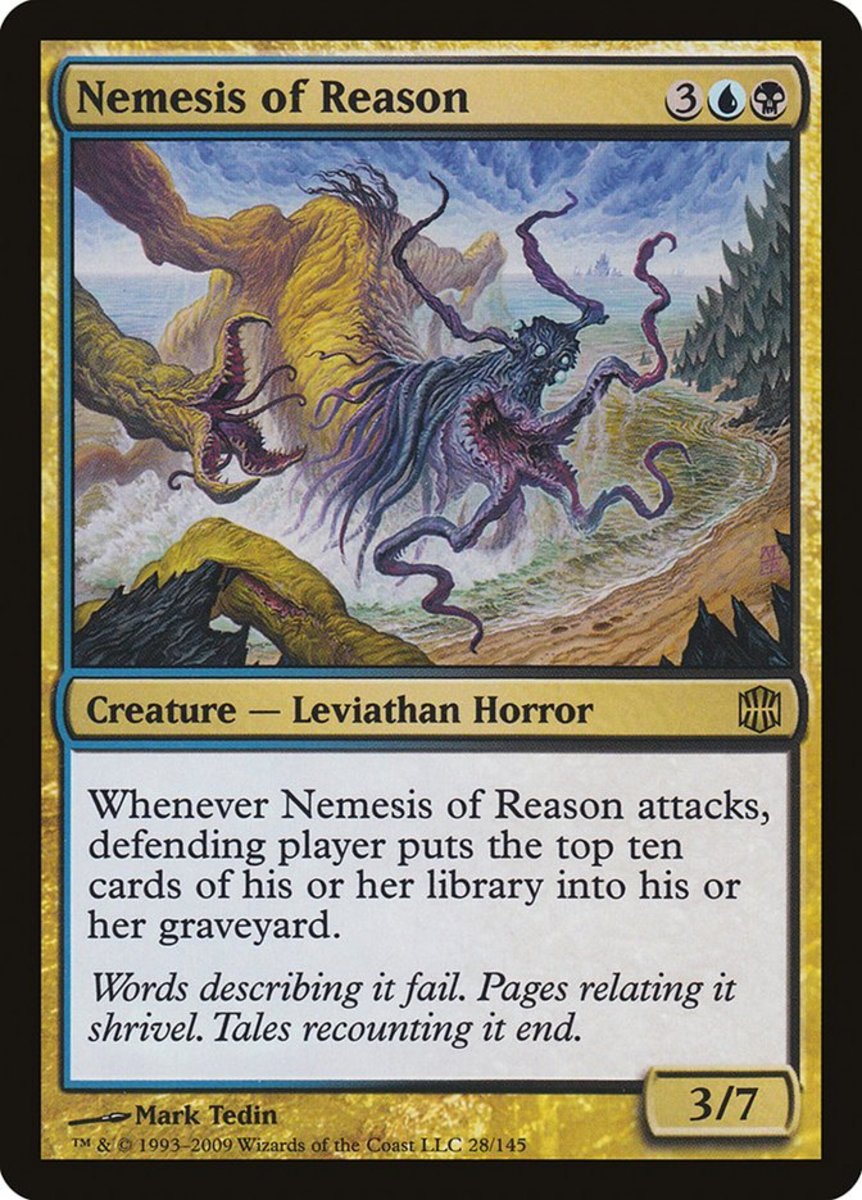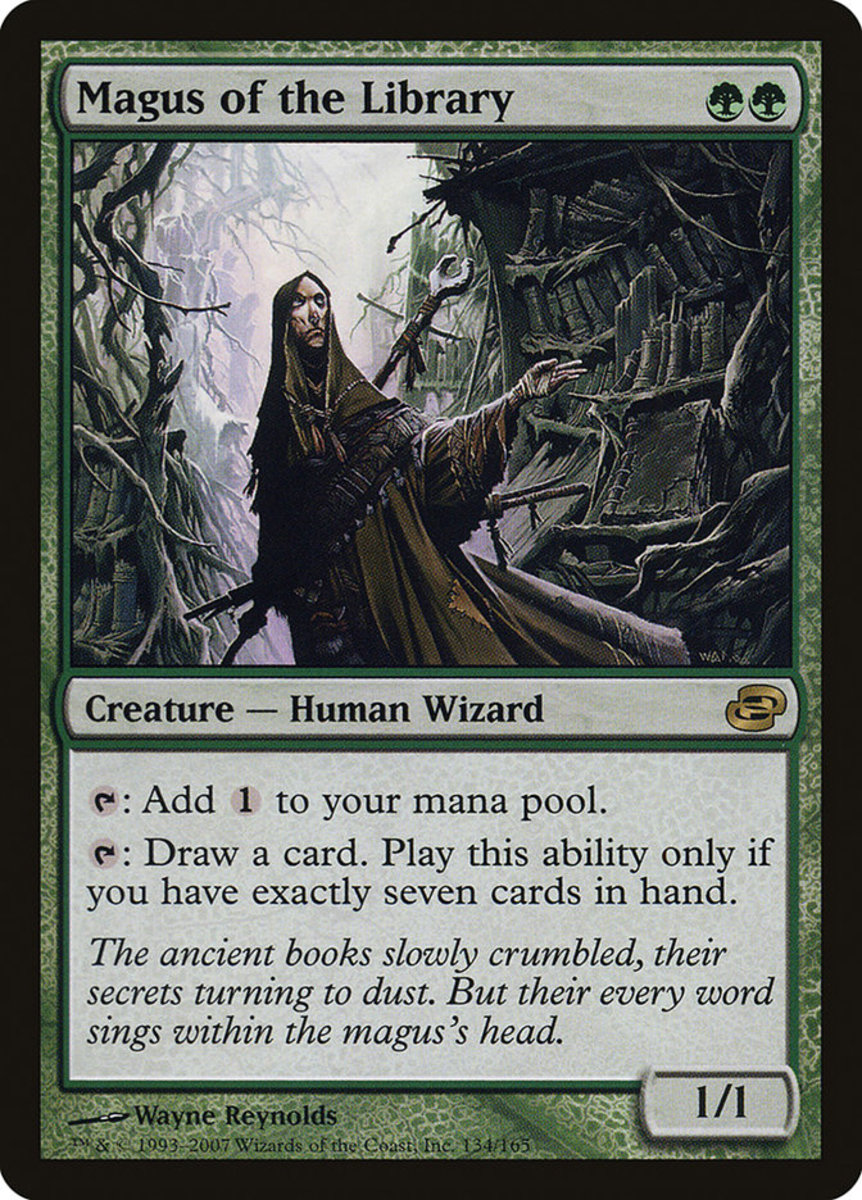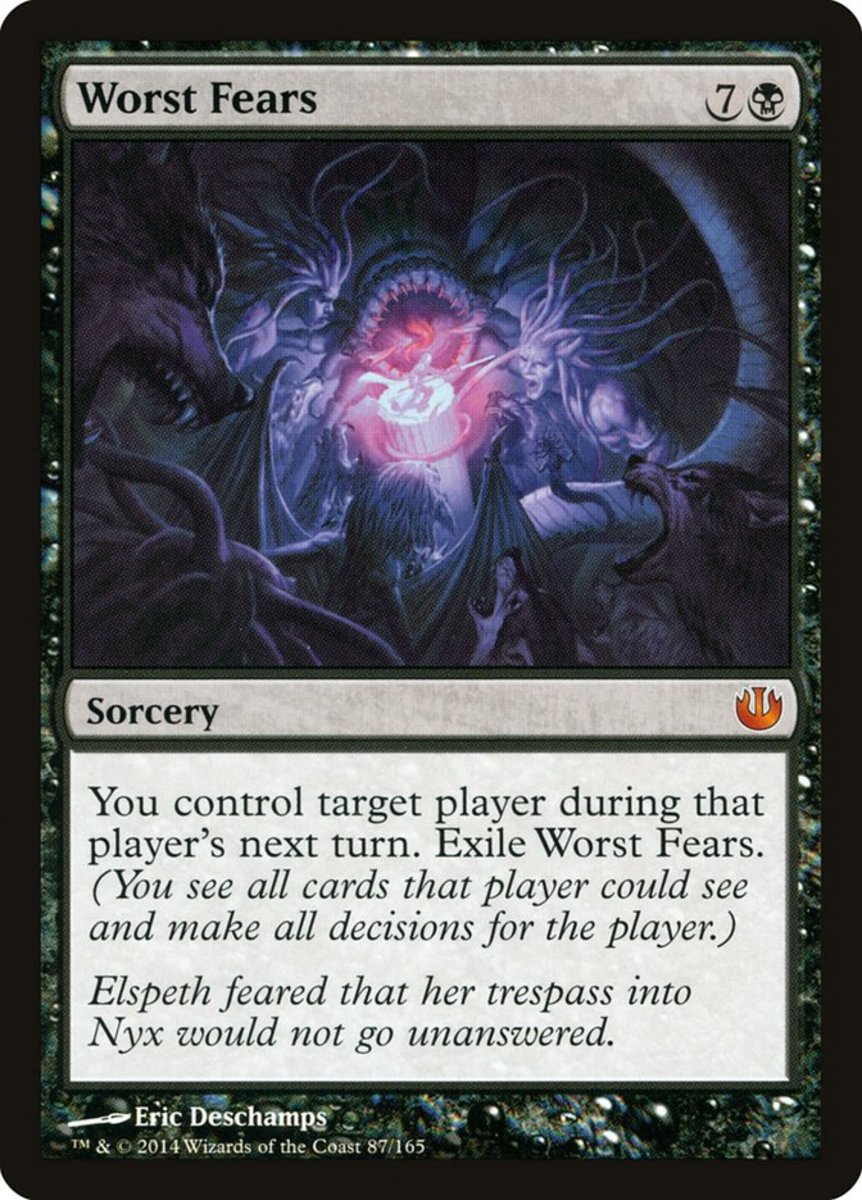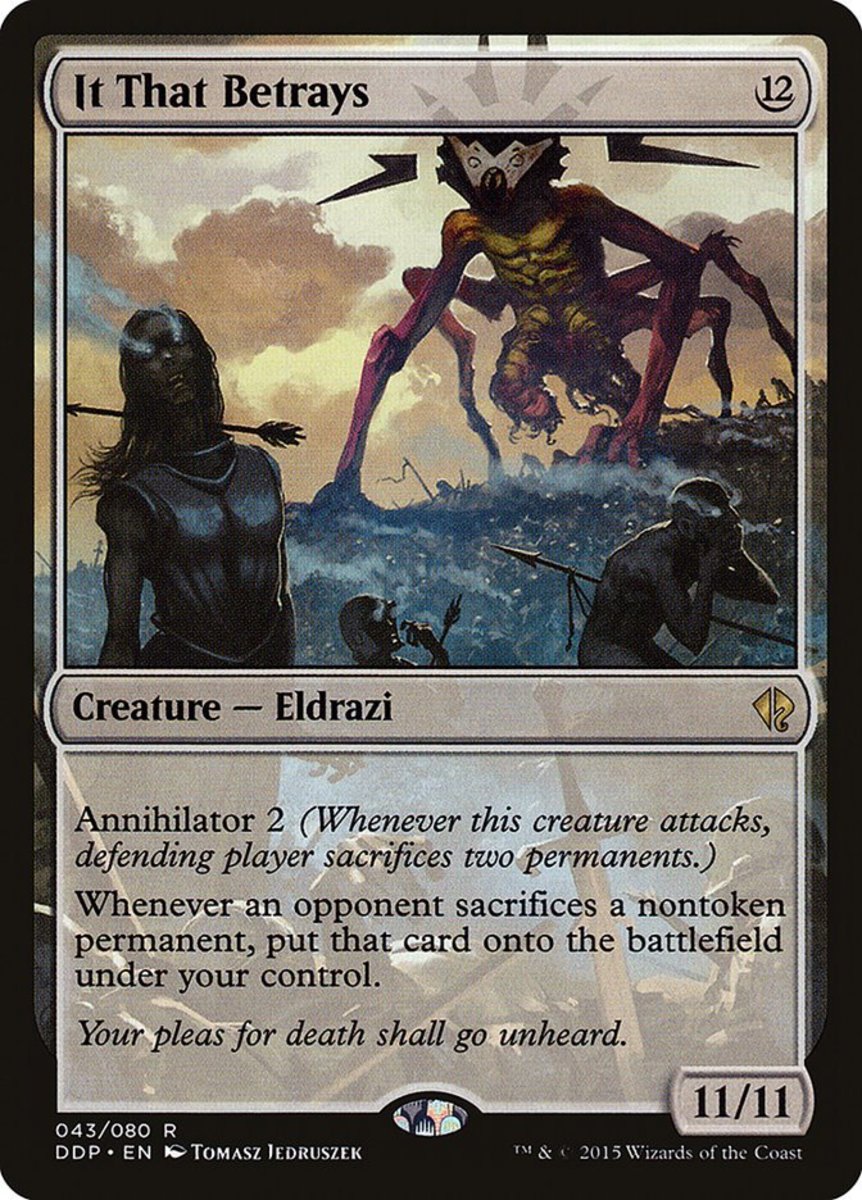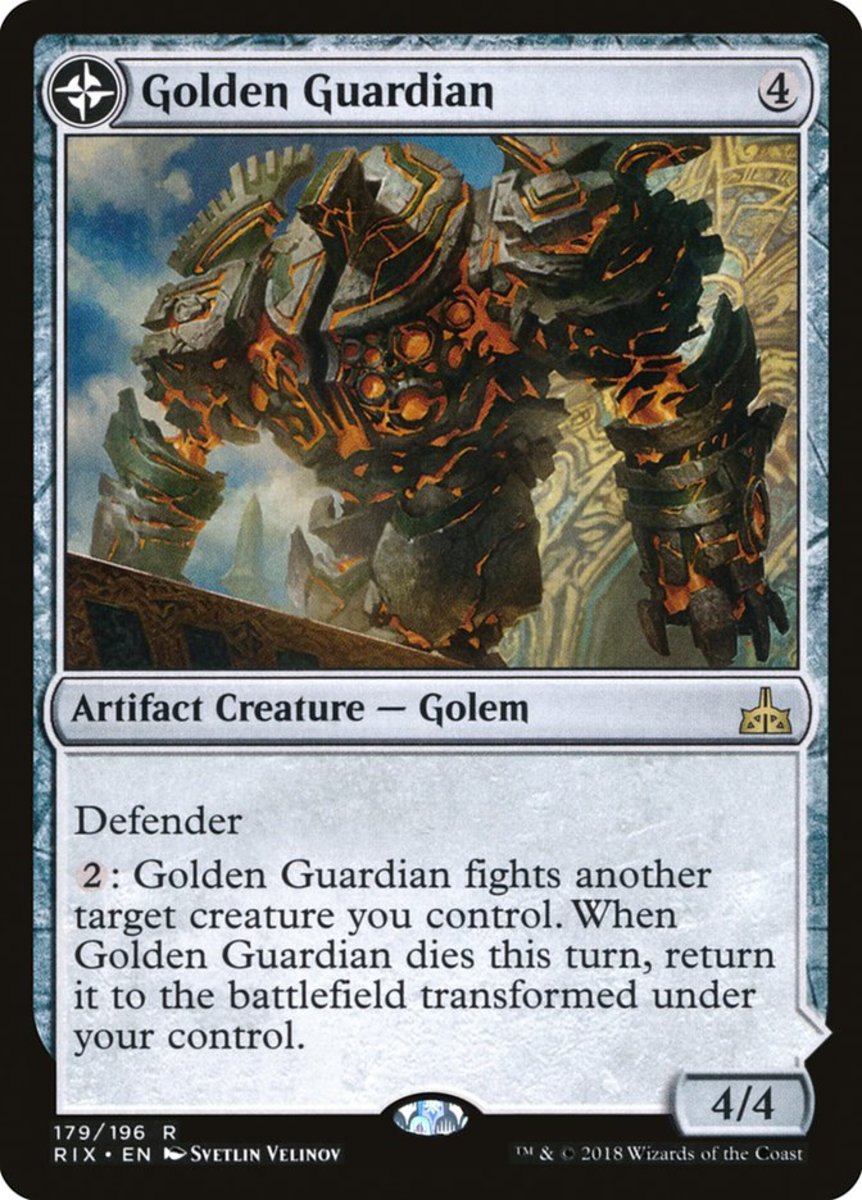- HubPages»
- Games, Toys, and Hobbies»
- Card Games»
- Collectible Card Games
Magic the Gathering: Monogreen Control
Mwonvuli Acid Moss
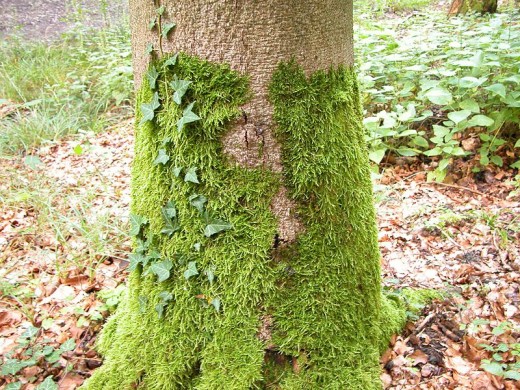
The Magic the Gathering card set has reached 10000+ and even the most unlikely of decks, monogreen control, is possible. There is a perverse joy in bringing out a deck no one expects to ever see. For some in magic the gathering: deck ideas are a great part of magic's charm. So here I submit a mtg deck type that you'll never see elsewhere: monogreen control. "Green" and "control" are practically opposites, but green control can be done. Here are some of the perils of this mtg deck idea:
Mtg: Problems with Monocolor Decks
Despite 10000+ cards the designers at Wizards of the Coast have been guided by general themes that keep colors remarkably consistent. Playing with only one color allows you the full range of a color's strength but at the cost that color's glaring problems. Monoblack can get completely derailed by a strong artifact or enchantment for example. However, no color has a bigger blindspot than green. Green as a whole is well equiped to deal with everything: spells, artifacts, enchantments, lands... but not creatures. Love it or hate it, most decks win by attacking their opponents with creatures (and those that don't pack lots of creature removal).
Mtg: the Green Gamble
The green gamble is that your creatures are just going to be bigger and faster than your opponent's. This gamble makes sense for weenie, beatdown, and tempo decks. However, a control deck does not set out to win the creature contest. A control deck seeks to shut down the other player's deck. There is great peril in this strategy (your opponent finds a way to break through your controls) but also great rewards (once a deck is shut down it's powerless, regardless of design). So what controls does green have? Land destruction. The justification for giving green land destruction is anyone's guess, but it is a control mechanism: if your opponents don't have land, they don't have mana. If they don't have mana, they can't play spells--even creatures.
Mtg: Land Destruction with Honor
Land destruction is not really a viable option in any tournament format. Tournaments are intended to be competitive--you win however you can. However, just for fun games (casual) require some degree of fun. I've heard land destruction called "the most hated deck type". Partly this is because in land destruction's peak form, your opponent will have no land and a hand with seven cards he cannot cast.
But this is not the way
land destruction has to turn out. I don't find the prospect of killing
my opponent with a 1/1 elf while he or she can't do anything. So I
simply tell my opponent's to play decks with low mana requirements.
Furthermore, I'm generous with mulligans. What frustrates players when
faced with land destruction decks is helplessness. But if you
tell your opponents to play decks that can withstand land destruction
you can have tense and interesting games. Plus (and you didn't hear this
from me) land destruction decks can be vicious against "unbeatable"
decks full of expensive rares. Someone I knew was play testing a zombie
deck via proxied cards, bragging about how he beat all 19 of his
fiancee's decks. His deck fell apart because he
never got a fourth land.
Magic the Gathering: Mono Green Control
Green Creatures: Green Spells Artifacts
4 Llanowar Elves 4 Winter's Grasp 4 Ankh of Mishra
4 Fyndhorn Elves 4 Thermokarst
4 Imperious Perfect 3 Creeping Mold Lands
4 Dirtcowl Wurm 3 Mwonvuli Acid Moss 23 Forests
2 Winter Blast 1 Gemstone Cavern
2 Hurricane
2 Overrun
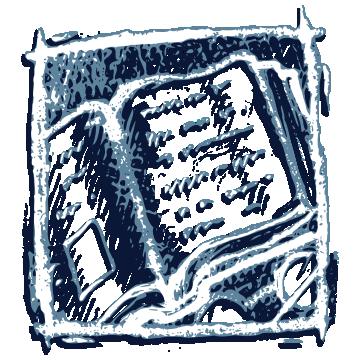
My Bookmarks
For a more in depth look at my writing, this web address features all my hubs and many outside bookmarks from worthy sites, organized by tags.
New Planechse Sets
Mtg: Land Destruction Strategy
Playing the deck: when it comes to playing land destruction there's a good rule of thumb: when presented with multiple options, the right play is usually to cast a land destruction spell. Imperious Perfect (that cranks out elf tokens), Ankh of Mishra (that does two damage when a player plays a land), and Dirtcowl Wurm (that gets a +1/+1 counter when an opponent plays a land) might be competing against your land destruction, but you should probably play your land destruction. The land destruction in this deck is point destruction, meaning one spell kills one land. This means you're going to run out of land destruction spells well before your opponent runs out of lands. Let's just look at the math.
Magic players generally play 24 lands in 60 card decks. This deck build calls for 14 land destruction spells. A typical first nine cards would have 3-4 lands and 2-4 land destruction spells. For the sake of argument, let's say you're going second, and that your opening hand you get are 3 forests, 3 land destruction spells, and a Llanowar Elf and you draw into an Imperious Perfect. (Your next card is a land destruction card, the last you'll see for a number of turns) Now you can play an elf and second turn you can get out Imperious Perfect. Let's just imagine that your opponent has an Oblivion Ring in his hand and over the course of play will have access to five lands (three in hand, drawing into two more during your land destruction phase). Your opponent is monowhite and will continue playing plains until there are no more left (5). It is the second turn and you have a perfectly healthy elf. You have a choice between Imperious or Winter's Grasp. You choose Imperious. Then, on his third turn, he removes Imperious from the game. Now you start your land destruction. You destroy his third land. Next turn he plays another plains, which you destroy. Then the next turn he plays another land, the last that player will see in a long time. Then you destroy it. And next turn his fourth plains is gone. Now you're essentially top decking. Your opponent is waiting for a land and you're hoping your next land destruction spell will come first. In this scenario your opponent had access to three mana for three turns, two mana for one turn, and then one mana for most of the game. In the scenario where you pick Winter's Grasp, Your opponent has access to 2 mana for four turns and one mana the rest of the game. When you do play Imperious Perfect, he doesn't have the mana to remove it, and your tokens quickly accumulate into death.
This is an oversimplified example, but it demonstrates what you must know about land destruction via point removal: it takes a lot of commitment to stop a player by destroying their lands one at a time. This commitment does not leave much room for answering threats in the mean time. The faster and harder you hit someone's lands the better. If you can get through the land destruction phase you can expect to have 4-6 mana while your opponent has 2-4 and green more than any other color loves those odds. . .



